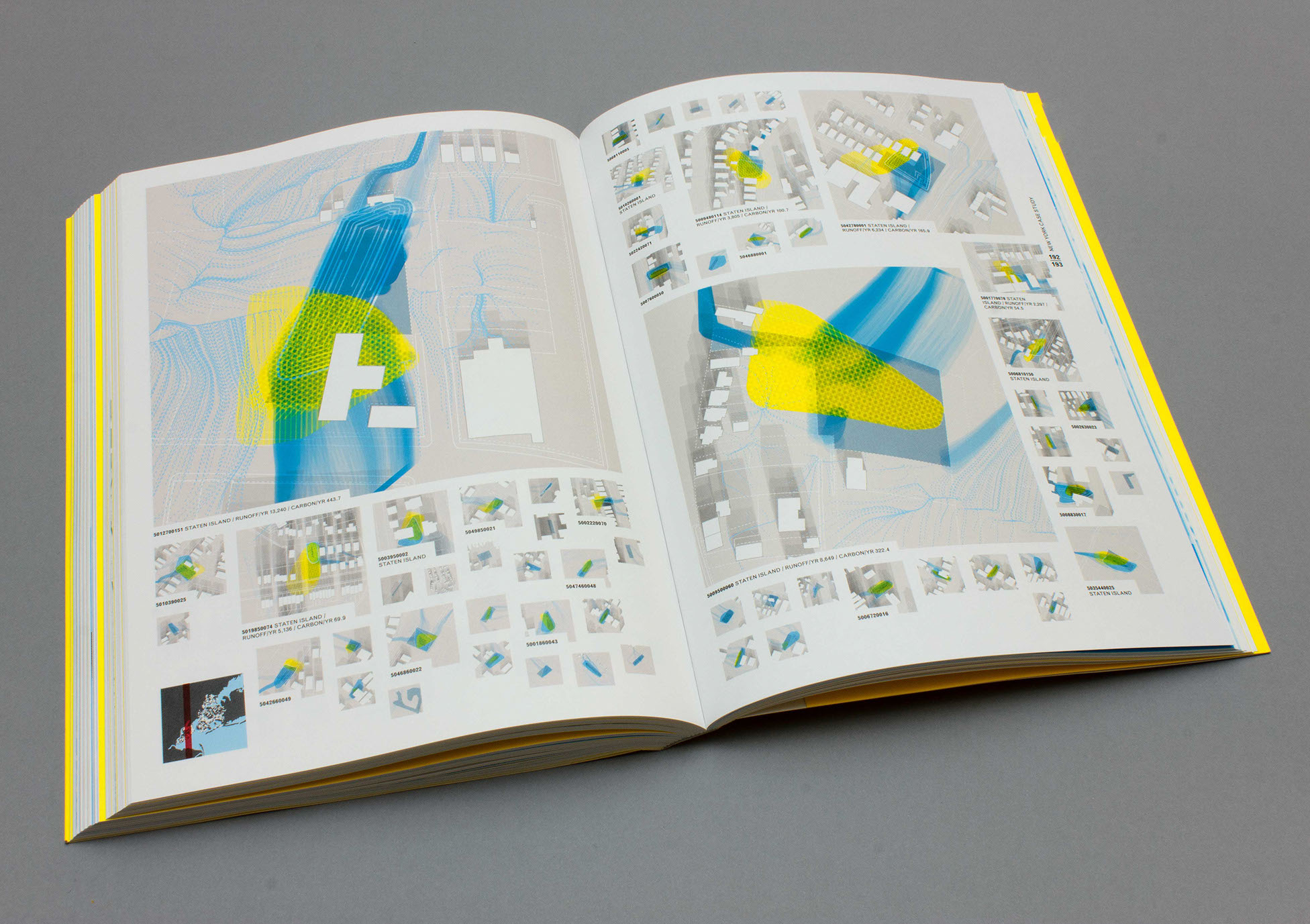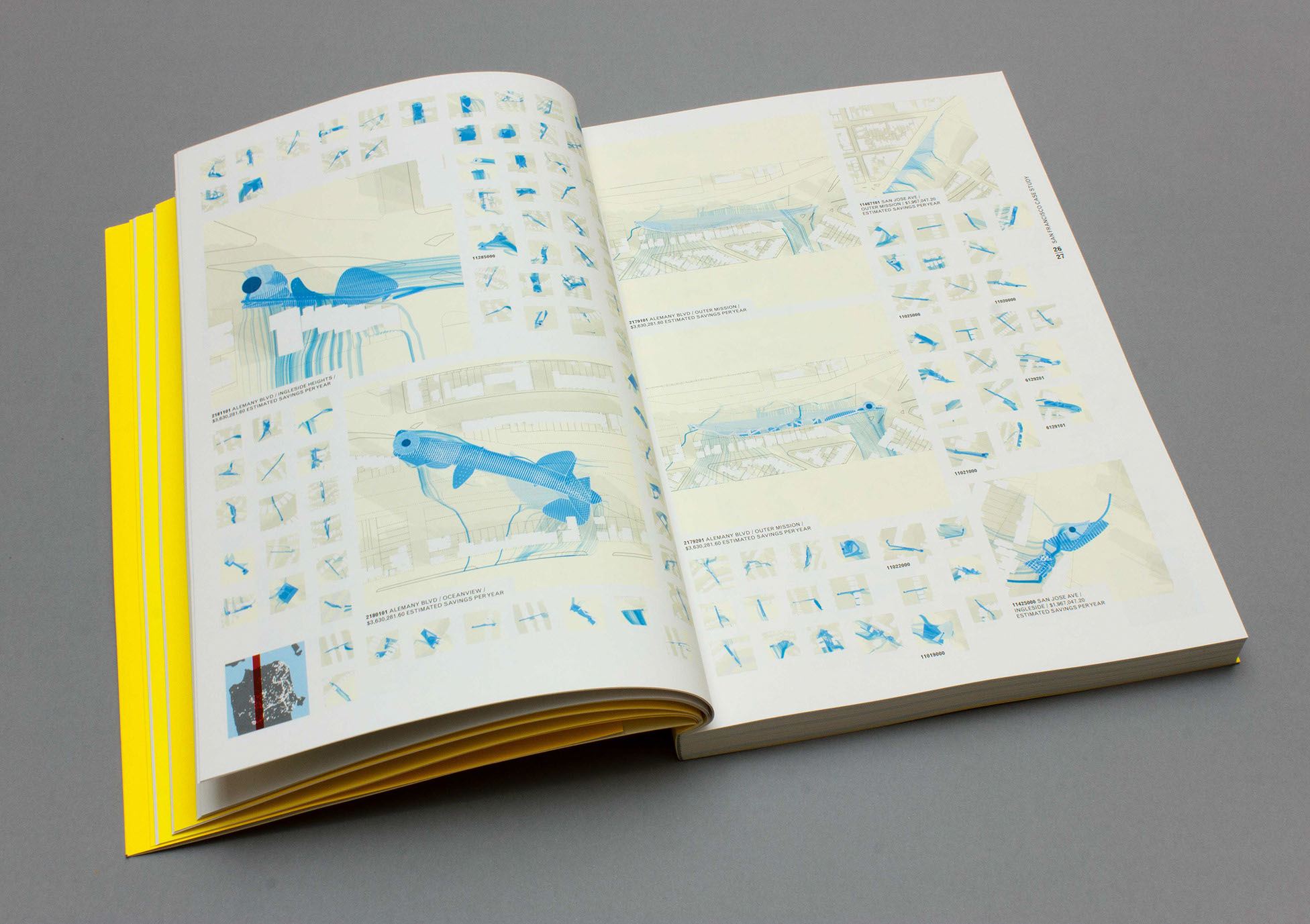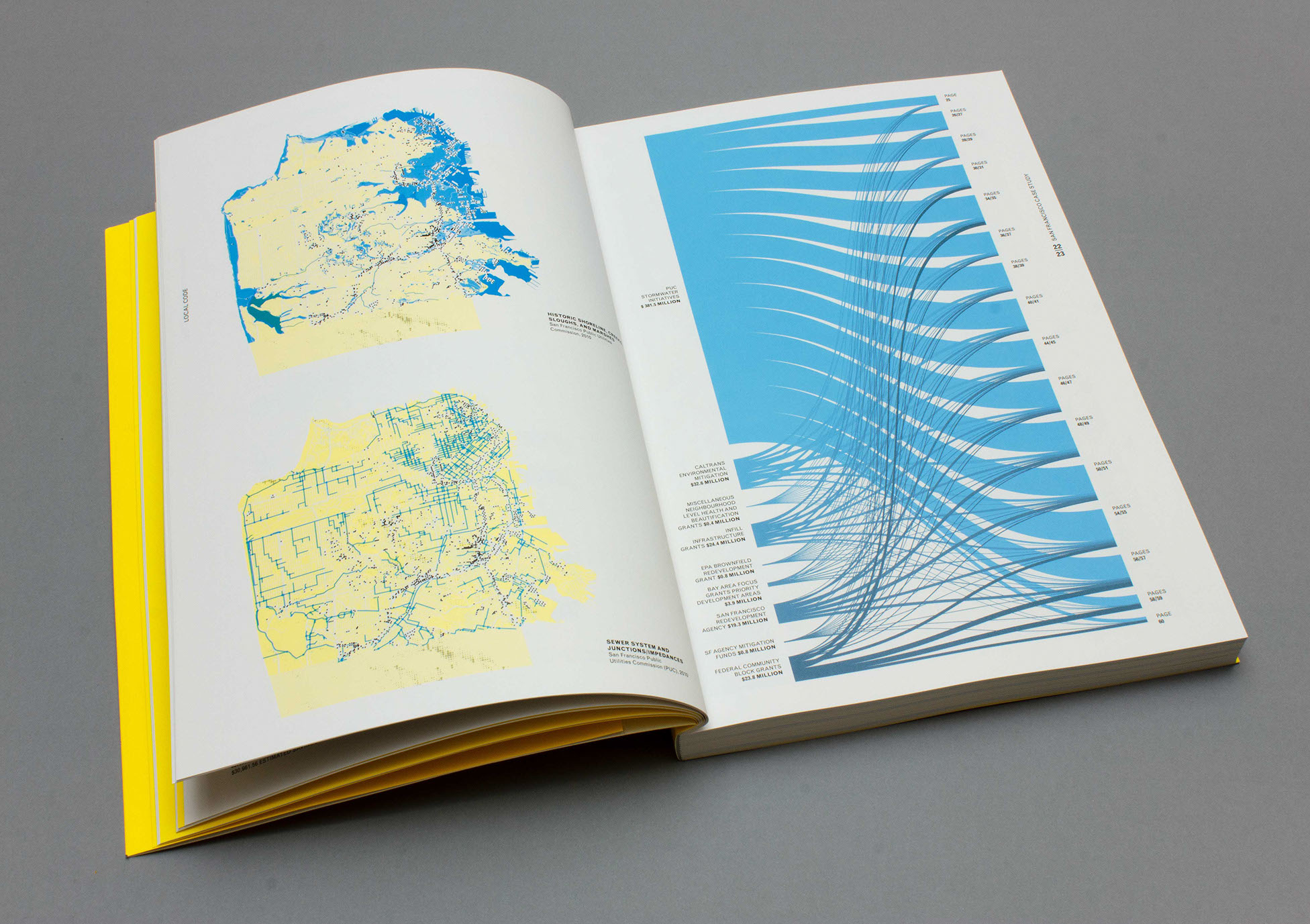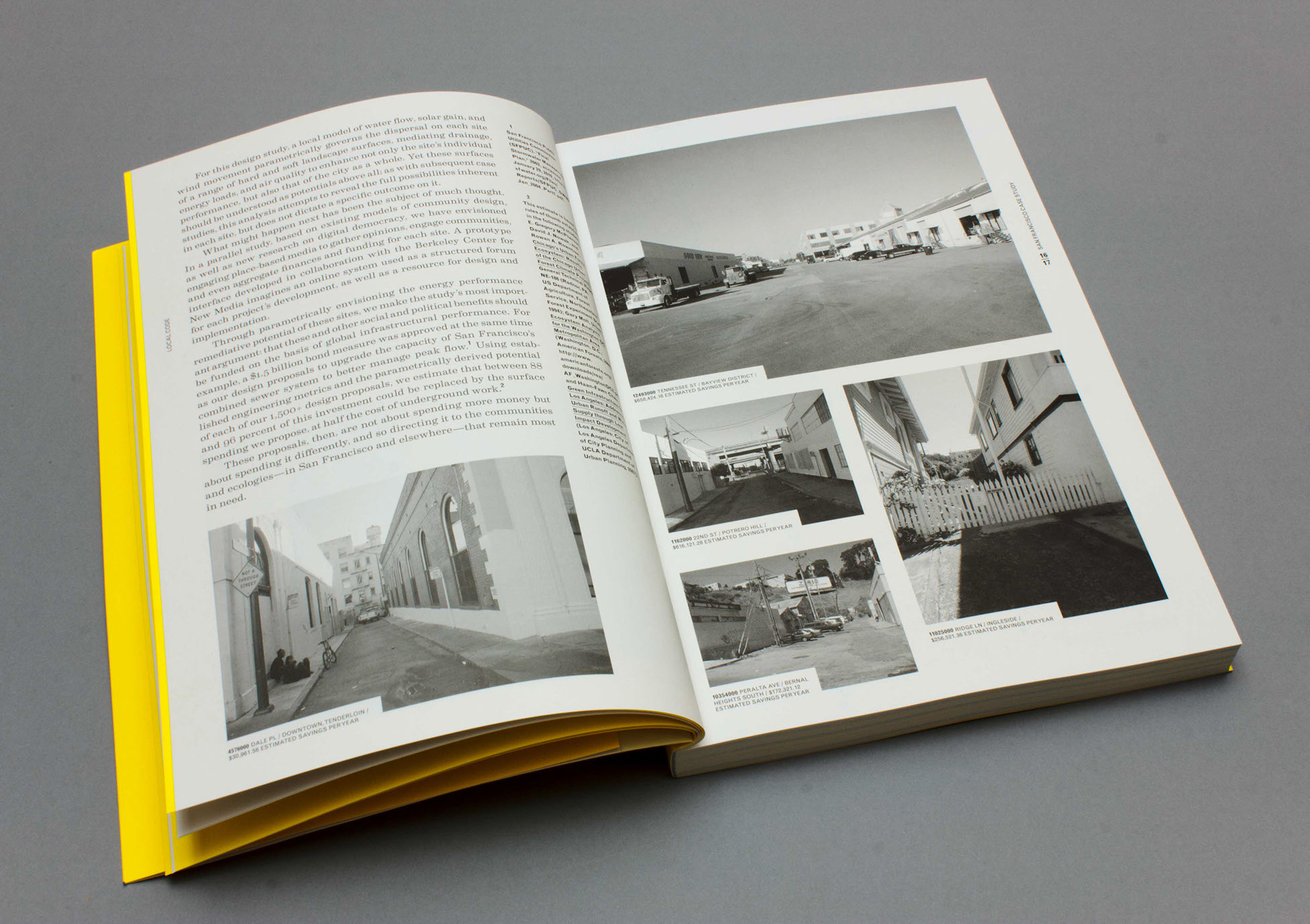“In Local Code, Nicholas de Monchaux stretches the limits of contemporary design practice at the intersection of technology, ecology, and city. At once critical, creative, and technical, the work demonstrates above all the necessity of each domain, and their radical combination, to the practice of architecture at the highest level.”
— Elizabeth Diller, founding partner of Diller Scofidio + Renfro
“Inquiries like de Monchaux’s illustrate that there is intelligent inquiry and actionable theorizing happening about how patterns might be broken, planning might be more flexible and dynamic, and our visions of space and its functions could expand —and, perhaps, contract.”
— Allison Arieff, New York Times
“Nicholas de Monchaux provides a brilliant vision for designing with knowledge through artful, diagram-rich case studies and insightful biographical essays.”
— Frederick R. Steiner, dean of the University of Pennsylvania School of Design
© Nicholas de Monchaux website Catalogtree
Given that the world’s cities will double in size by 20501, design is increasingly urban design. And given that as much data is now produced almost every day as throughout human history up to 20072, architecture is increasingly information architecture. Showcasing and framing these inescapable realities, Nicholas de Monchaux presents a collection of digital tools and design prototypes for understanding and transforming the physical, social, and ecological resilience of cities.
Local Code’s data-driven layout arranges drawings of 3,659 digitally tailored interventions for vacant public land in San Francisco, Los Angeles, New York City, and Venice, Italy. The natures of these found parcels is as particular as the cities that house them — land under billboards in Los Angeles, dead-end alleys in San Francisco, city-owned vacant lots in New York City, and abandoned islands in the Venetian lagoon — but have in common an unrecognized potential as a social and ecological resource. Critical essays woven throughout the book offer surprising and essential links between these innovative design experiments and the seminal works of the urbanist Jane Jacobs, the artist Gordon Matta-Clark, and the digital mapping pioneer Howard Fisher, as well as the developing science of urban networks and complexity.
Designed in collaboration with the Dutch information-design studio Catalogtree and featuring an introduction by Keller Easterling, Local Code presents a digitally prolific, open-ended approach to urban resilience and social and environmental justice. At once analytic and visionary, it pioneers a new field of inquiry and action at the intersection of environmental data and the expanding city.
- United Nations, Department of Economic and Social Affairs, Population Division, World Urbanization Prospects: The 2014 Revision, Highlights (ST/ESA/SER.A/352) (New York: United Nations, 2014).
https://esa.un.org/unpd/wup/ - Martin Hilbert and Priscila López, “How to Measure the World’s Technological Capacity to Communicate, Store, and Compute Information,” International Journal of Communication 6 (2012): 956–79.





